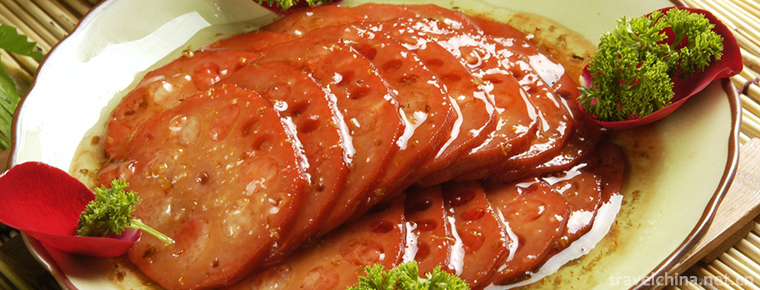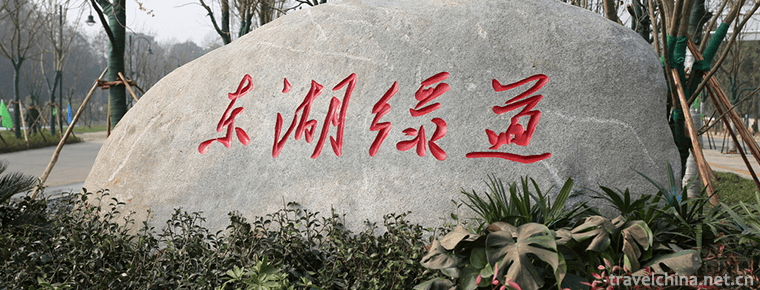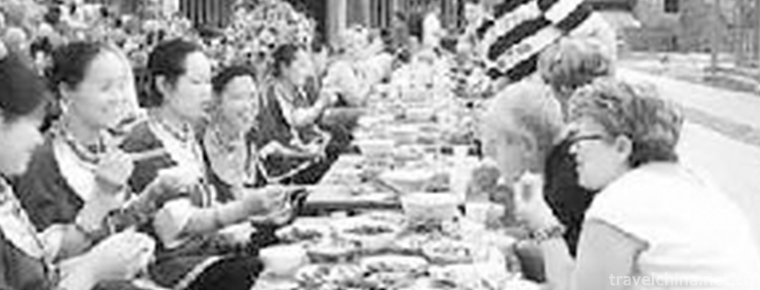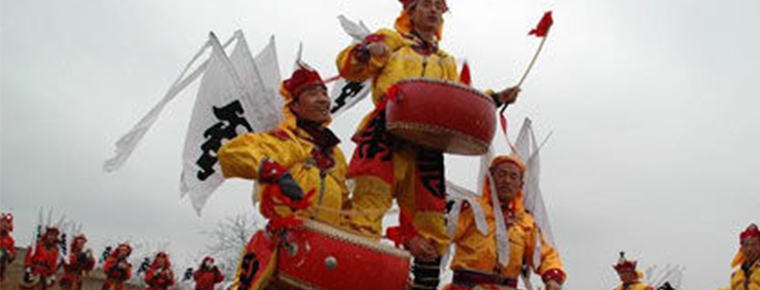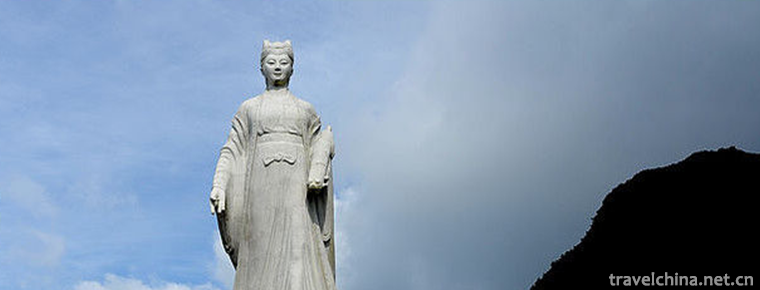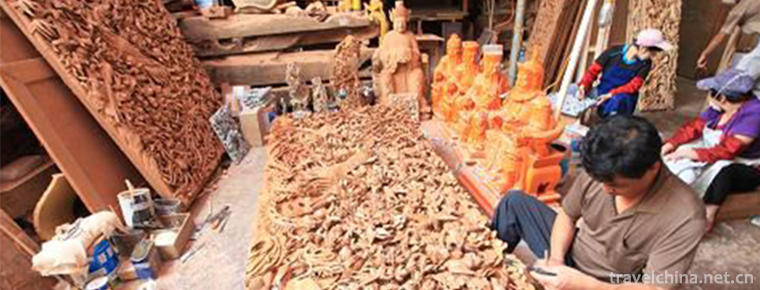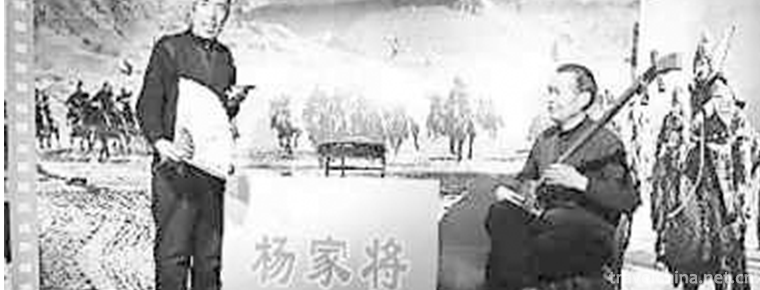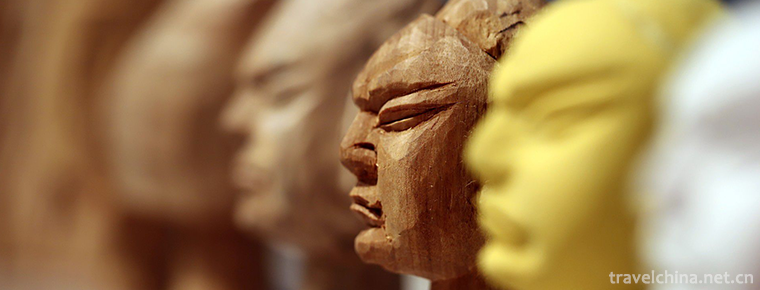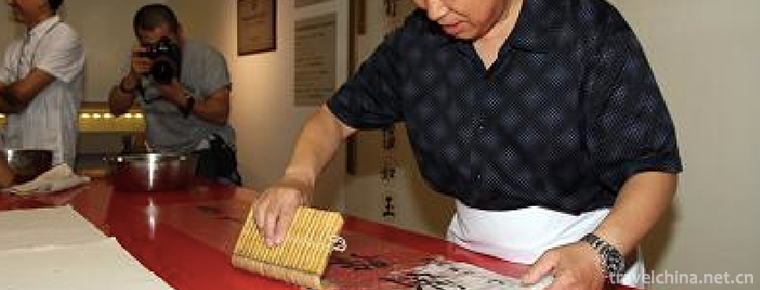Suona Art
Suona Art
Suona art is a manifestation of traditional Chinese folk culture. In 2006, Qinyang City of Henan Province and Qingyang City of Gansu Province applied for intangible cultural heritage. Its basic musical instrument, Suona, commonly known as "trumpet", is a kind of folk musical instrument widely circulated in various parts of China. According to different classification standards, it can be divided into different types, with high and loud pronunciation. In the past, it was mostly used in folk songs, Yangko concerts, drum music classes, local opera and opera accompaniment. Through continuous development, it has enriched the playing skills and improved the expressiveness, and has become a unique solo instrument, which is used for National Orchestra Ensemble or opera, singing and dancing accompaniment.
On May 20, 2006, Suona Art was approved by the State Council and listed in the first batch of national intangible cultural heritage list.
historical origin
The original Suona was a musical instrument spread in Persia and Arabia. Even the name Suona was also a transliteration of Surn Suona in ancient Persia. Suona appeared in China in about the third century A.D. and the music frescoes in Cave 38 of Kizil Grottoes in Baicheng, Xinjiang, have played the image of Suona. In the Jin and Yuan Dynasties more than 700 years ago, it spread to the Central Plains of China. By the Ming Dynasty, Suona had been recorded in ancient books: Suona had been widely used in China during the Zhengde Period of the Ming Dynasty (1506-1521). Qi Jiguang (1527-1587), a military general of the Ming Dynasty, once used Suona in military music. In his Ji Xiao Xin Shu o Wu Bei Zhi, he said, "Whoever plays the flute is blowing the suona. "More detailed records can be found in the edition of Sancai Picture Society (1607) by Wang Kui of the Ming Dynasty. Suona is made of trumpets and seven holes. Copper is used at the beginning and end, while wood is used for pipes. I don't know what generation it originated from, but it's also a pleasure to be in the army. Nowadays, it is widely used among the people. "The Ming Dynasty's King Pan Chao Tianzi Yong Horn" is the best article describing Suona: "Horn, Suona, small tune, big tune. Official ships and ships are in chaos, depending on you to raise your price. The army listened to the military worries, the people listened to the fear of the people, where to distinguish official is true and false? Seeing it blow over the house and hurt the house, the goose flew out of the water. "In the late Ming Dynasty, Suona played an important role in opera music to accompany the singing and play the playing cards. In folk instrumental music based on opera music, Suona has become an indispensable instrument. Legend has it that Zhu Zai, the imperial clan of Ming Dynasty, developed "Eye Tube" on the basis of Suona Eight-tone Hole, which made great contributions to the development of Chinese national wind music. It is said that he once founded the "Golden Drum Club" in Jiufeng Temple. On September 23 of the lunar calendar, Suona classes from all over the country gathered here. During the late Ming and early Qing Dynasties, there were "Tongyue Club" and "Jiajiaban", and from the Qing Dynasty to the Republic of China, there were "Majin Class", "Mao Dan Class" and "Galaxy Class" and other Suona performance organizations, which had a great influence in the local area. The proverbs of "big flowery sedan chair, Majin blowing, Majin not blowing or not marrying" and "the arrival of girlfriends and sons-in-law, Mao Dan not blowing sedan chair" in Qinyang reflect the influence of these Suonaban classes. According to the regional and artistic style, the Suona in Qinyang can be divided into four major schools as a whole. Qinhe River as the boundary, divided into Qinbei School and Qinnan School; Qinbei School to Zhang Jia, He Jia, Ma Jia as the representative, Qinnan School to Jia Jia as the representative. Its prosperity can be seen here. Under the influence of the four major artists, the Suona Ban Club and the artists in Qinyang are increasing in scale and number. From the founding of New China to the 1980s, there were more than 30 Suona classes in Qinyang. More than 400 people played Suona, presenting the situation that there were Suona in villages and villages. According to incomplete statistics, more than 300 pieces of music were played by Suona in Qinyang. In modern and contemporary folklore and artistic life, on the basis of inheriting tradition, folk artists have created some new and representative songs, such as Ode to Hometown, Jiufeng Love Story and Qinyang Spring. In December 1997, Qinyang City was awarded the honorary title of "Hometown of Henan Folk Art" by Henan Provincial Culture Department, and later named "Hometown of Chinese Folk Art" by the Ministry of Culture.
Representative Works
"Dressed in Red Flowers" and so on
Inheritance Significance
Xifeng Suona in Qingyang is a folk percussion music, also known as drumming music, which is mainly played by Suona. Through continuous processing and inheritance of generational artists, Xifeng Suona has become a unique kind of folk music in our country with its numerous music cards, huge performing team, rich folk content and strong local characteristics. It centers on Xifeng and distributes in some towns and townships of Qingcheng County, Huanxian County, Heshui County, Ningxian County, Zhengning County and Zhenyuan County. There are 31 Suona Ban clubs and 286 employees in Xifeng District alone. The performances of this kind of music are composed of "big pieces" and "small pieces". Ordinary musicians can master more than two instruments and can move them freely without changing their personnel. Qingyang Suona Opera has abundant cards, simple charm, self-contained system and unique style. There are more than 1200 pieces of traditional music collected after census, and 496 pieces of them are compiled into "Qingyang Folk Instrumental Music Integration". These cards can be divided into three categories: traditional opera, folk song variation and local opera, and the representative repertoire is "Dressed with Red Flowers".
The cultural value of Qingyang Suona is not only manifested in the uniqueness of music, but also in the extension of its content. For example, "Running Newspaper" is one of the manifestations with rich connotations. It greatly exerts the artist's improvisational creative ability through oral transmission, fully demonstrates the wisdom of the working people, and plays an important role in inheriting and carrying forward traditional virtues and enhancing social cohesion. However, this unique music species is in a serious state of endangerment, so it is urgent to take corresponding rescue and protection measures.
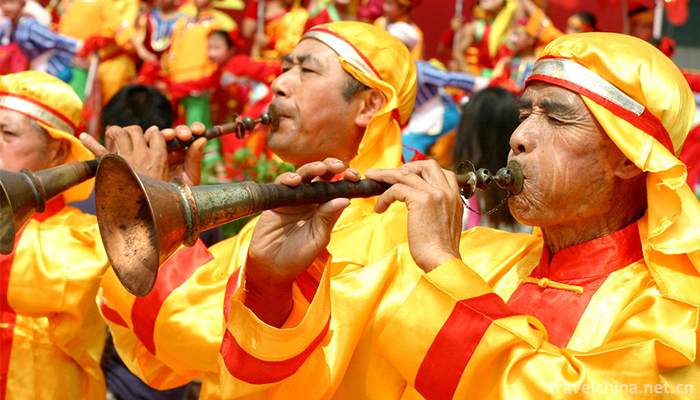
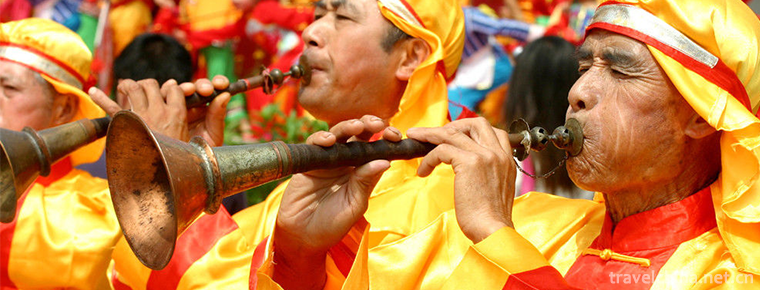
Suona Art
-
Cattle back Mountain Niubeishan Mountain
Niubei Mountain is located in the border of Xingjing County and Luding County in Ya'an City, Sichuan Province. It is the watershed between Qingyi...
Views: 245 Time 2018-10-13 -
Steamed Lotus Root Stuffed with Glutinous Rice
Osmanthus sweet-scented glutinous rice lotus root, also known as honey juice glutinous rice lotus root, is one of the characteristics of the traditional famous spots in the south of the Yangtze River.
Views: 206 Time 2018-10-27 -
Wuhan Donghu Scenic Area
Wuhan Donghu Eco-tourism Scenic Area, referred to as Donghu Scenic Area, is located in the central city of Wuhan, Hubei Province. It is a national 5A-level tourist attraction, a demonstration site of
Views: 233 Time 2018-12-12 -
Dong medicine
Dong medicine is a bright pearl in the treasure house of Chinese medicine. The Dong people living in mountainous areas for generations have accumulated experience in treating various diseases and form
Views: 111 Time 2019-04-27 -
Luochuans drums
Luochuan Yigu, a traditional dance in Luochuan County, Shaanxi Province, is one of the national intangible cultural heritage.
Views: 164 Time 2019-05-15 -
Ma Xian Xing custom
The belief in Ma Xian is a traditional folk custom inherited from generation to generation by the people of Fujian and Zhejiang. Ma Xian, also known as Ma Xiaoxian, is a goddess worshipped in northeas
Views: 403 Time 2019-05-16 -
Wood carving
Wood sculpture is a kind of sculpture, which is often called "folk craft" in our country. Wood carving can be divided into three categories: solid round carving, root carving and relief carv
Views: 143 Time 2019-06-06 -
Back to back entanglement
Tongbei Bianquan, also known as Hongdong Tongbeiquan, is a complete and systematic set of traditional boxing. It combines the advantages of both inside and outside. It is divided into mother boxing an
Views: 147 Time 2019-06-21 -
Legend of Yang Jiajun
The Legend of Yang Jia Jiang is a kind of literature expressed by folk rap in Northwest China. The story of the generals of the Yangs has a long history. It began to circulate as early as the Song Dyn
Views: 146 Time 2019-07-11 -
Zhangzhou Puppet Head Sculpture
Zhangzhou puppet head carving is a traditional folk arts and crafts in Zhangzhou City, Fujian Province. It belongs to a special skill in the production of puppet stage props. Zhangzhou puppet head car
Views: 143 Time 2019-07-25 -
Mounting and repairing techniques
The mounting and repairing technique of ancient Chinese characters and paintings is a kind of traditional Chinese handicraft. It is used for restoration and restoration of ancient calligraphy and pain
Views: 377 Time 2019-08-10 -
Recommended routes for Chengdu Giant Panda Base
Recommended routes for Chengdu Giant Panda Base,Recommended route (1.5 hour tour)
Views: 202 Time 2020-12-13

